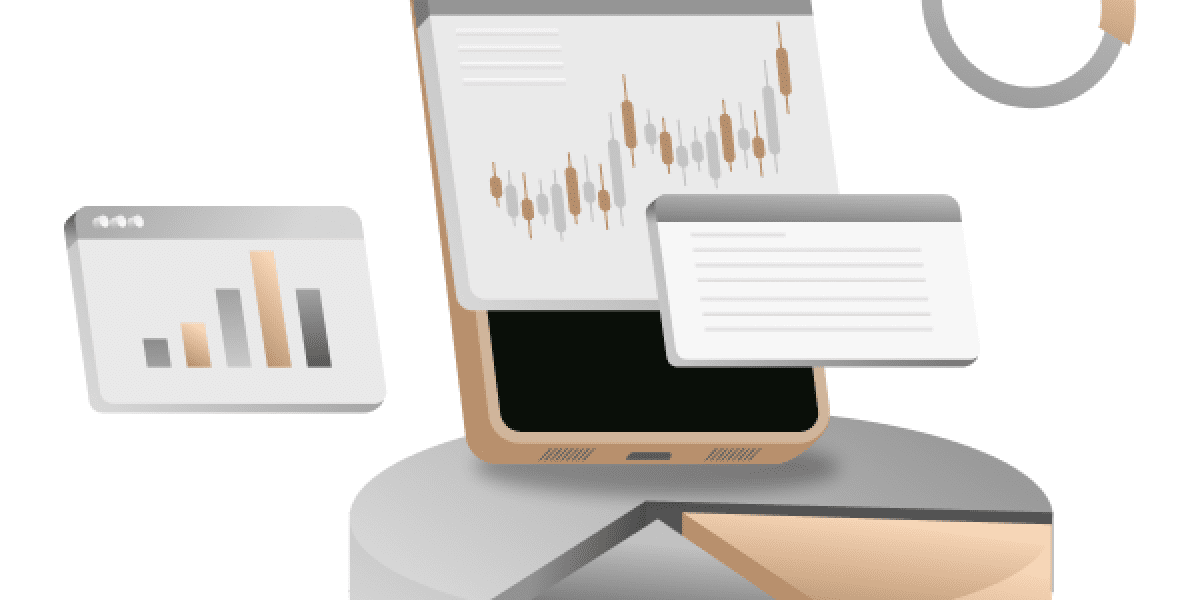What is the business cycle?

The business cycle refers to the fluctuations in the economy comprised of expansions and recessions as measured by the real gross domestic product, or GDP. Also known as the economic cycle or trade cycle, it describes periods of time where the economy grows, peaks, contracts and bottoms out repeatedly.
Key takeaways
The business cycle describes economy-wide fluctuations in production, trade, employment and economic activity measured by real GDP, going through four repeating phases: expansion, peak, contraction or recession, and trough.
According to America's National Bureau of Economic Research, the average business cycle lasts less than six years, with expansion periods averaging 58.4 months and contraction periods averaging 11.1 months.
During expansion, the economy experiences steady growth with increasing production, sales, employment and incomes, while contraction brings declining production, falling sales, rising unemployment and stagnant or declining incomes.
Recessions can cause enormous stock market losses, as seen in the Great Recession when major global equity indices declined over 50 per cent during an 18-month period.
Traders and investors should factor business cycles into their strategies, consider asset allocation according to economic changes, and be aware of cyclical companies directly impacted by the economy.
Simply put, the business cycle refers to economy-wide fluctuations in production output of goods and services, trade, employment and overall economic activity.
Even though the term “cycle” is applied, these swings in economic activity usually do not exhibit uniform or predictable periodicity, and their duration may vary from time to time.
Where have you heard about the business cycle?
The rise and fall of the gross domestic product, as well as manufacturing data and unemployment figures, is often reported in a variety of online and offline sources, including financial newspapers, TV news reports and the internet. All this data helps to indicate where an economy is in its cycle.
What you need to know about business cycles...
A business cycle is a repeating loop, which generally goes through four phases: expansion (growing), peak (the highest point), contraction or recession (falling) and trough (the lowest point).
An expansion is the first stage. It is usually characterised by steady economic growth, with increasing production, sales, employment, incomes and upward pressure on prices. Investment is booming.
A peak is the second stage. It is the highest point of the business cycle. The economy is producing at its maximum capacity, employment is high, and inflationary pressures on prices are obvious. Prices reach their highest level, and economic indicators eventually stop growing.
Following a peak, the economy enters into a correction, which is known as a contraction or recession. During this period, production gears down, sales start to fall due to a decline in demand, unemployment rises, and incomes become stagnant or decline.
The slowing comes to a halt at the trough. At this point, the economy has hit a bottom, marking the end of the depression and leading to the next phase: recovery.
Sometimes you may see another two terms used to describe a business cycle. These include depression, which follows the recession and is characterised by continuously declining economic growth, rising unemployment and plummeting production; and recovery, where the economy starts to turn around, entering a new phase of an uptrend.
Generally, the recovery phase indicates the end of one business cycle.
.png)
The average business cycle is said by America's National Bureau of Economic Research (NEBR) to last a little less than six years. Analysts try to predict when one stage will transition to the next and how quickly. This is not always easy: very few predicted the crash of 2008, for example, which led to the recession of 2008-2009. During each business cycle, the average expansion period is 58.4 months, according to the NEBR, while the average contraction period is 11.1 months.
How does the business cycle impact the markets? Let us have a look at recessions. These can lead to enormous losses in stock markets. For instance, in the 18-month period of the Great Recession, most major equity indices around the globe endured declines of over 50 per cent. The event marked the world’s worst economic contraction since the Great Depression in the 1930s.
Traders and investors need to factor the business cycle inside their strategies and consider how their assets are allocated according to economic changes. They should also be aware of cyclical companies, which are directly impacted by changes in the economy.